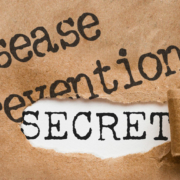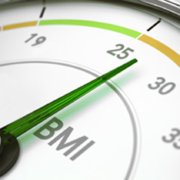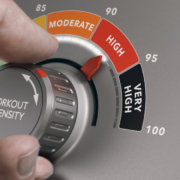The Bottom Line on the 2018 Cholesterol Guidelines
In Thursday’s Memo, I talked about the 2018 Cholesterol Guidelines and evidence-based medicine, focusing on the physician side of the treatment discussion. But I believe that’s not the most important part of the discussion; I think the critical part is the patient side. Here’s why.
The Cholesterol Guidelines focus on lifestyle changes first: a healthier diet, exercise, quitting smoking, and weight loss. That’s supposed to be the initial part of the potential treatment plan—lifestyle first. In other words, what will the patients do for themselves before the discussion leads to medications, especially statins?
The guidelines aggressively focus on the use of statins and other medications to get the LDL-cholesterol to desirable levels, so we have a dilemma during the discussion of a treatment plan. Do the physicians assume, based on experience, that the patients won’t do what they’re supposed to do to lower their risk of CVD and immediately prescribe medications? Or do the patients take the lifestyle route seriously and do what’s necessary to change their health?
To be blunt, we patients haven’t done our part. We lose weight and gain it back. We start to eat healthier and don’t sustain it. We start to exercise, but we let life get in the way and stop, or we push too hard and get injured and stop, or the weather turns colder or hotter and we stop. When we agree to change our health habits and then don’t follow through, we make our health issues worse—they’re still in there eating away at our lifespan and not being treated.
Don’t make promises you know you won’t keep; notice I didn’t say can’t keep, I said won’t keep. If you know in your heart you’ll never change your diet or keep up with exercise, the best thing you can do for your health is don’t delay: start taking the meds and start taking care of the problem.
Although I disagree with it, I get why physicians jump to meds. There’s only one way to change that: we have to prove them wrong when they assume we won’t stick to a healthier lifestyle.
The Bottom Line
The 2018 Cholesterol Guidelines put the responsibility for lowering the risk of CVD without medications in our hands—the patients. Work out a timeline with some concrete goals for each lifestyle area with your physician. It won’t be easy: regular exercise for life, eating better from now on, quitting smoking, plus getting to a normal weight and staying there will all take time and consistent effort. That’s okay because even if your risk of CVD is high, it doesn’t mean you drop dead tomorrow. Even if you fall into an at-risk scenario, I know you can do it. There are many tools to help you keep at it: an app, a workout buddy, a Facebook group, and more.
Instead of looking at your health challenge as an obstacle, look at it as an opportunity for better health. If you say you don’t want to take medications, this is your chance to prove whether you really mean it. I can’t guarantee you’ll never need the meds, but you can work your way down to a smaller dosage with fewer side effects.
It all depends on your answer to one question: what are you prepared to do today?
Dr. Chet
Reference: www.ahajournals.org/doi/pdf/10.1161/CIR.0000000000000625.









